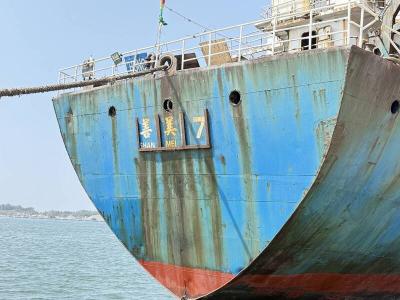The nation's Internet users surf an average of 2.7 hours a day, according to a survey released on Tuesday.
Based on survey results, the Research, Development and Evaluation Commission estimates that the number of regular Internet users rose to 13 million this year, an increase of 400,000 people over last year. Approximately 5.6 million households have Internet connections.
Hsinchu City has the highest percentage of homes surfing the net with 75.5 percent, followed by Taichung City at 73.3 percent and Taipei City at 71.6 percent.
The online population grew by more than 3 percent this year in Keelung City, Yunlin County, Hsinchu County, Miaoli County, Taitung County, Tainan City and Taichung County.
More than 40 percent of Internet users aged between 12 and 20 have their own Web logs, the survey found, while more than 30 percent of Internet users between 21 and 30 years old have blogs; less than 15 percent of Internet users over 30 post to personal blogs.
On cyber-shopping, the survey found that nearly 70 percent of Internet surfers under 30 years old shop online and that one in four Internet users between the ages of 21 and 30 have sold goods online.
Meanwhile, 78.4 percent of Internet users said they were concerned about personal data theft over the Internet, 77.6 percent were worried about computer viruses, 73.6 percent said their email boxes are regularly flooded with spam and 59.4 percent were worried about credit card data theft.
The survey was conducted between Aug. 1 and Sept. 17, with 15,007 respondents above the age of 12 and has a margin of error of plus or minus 0.8 percent.

An undersea cable to Penghu County has been severed, the Ministry of Digital Affairs said today, with a Chinese-funded ship suspected of being responsible. It comes just a month after a Chinese ship was suspected of severing an undersea cable north of Keelung Harbor. The National Communications and Cyber Security Center received a report at 3:03am today from Chunghwa Telecom that the No. 3 cable from Taiwan to Penghu was severed 14.7km off the coast of Tainan, the Ministry of Digital Affairs said. The Coast Guard Administration (CGA) upon receiving a report from Chunghwa Telecom began to monitor the Togolese-flagged Hong Tai (宏泰)

EVA Air is prohibiting the use of portable chargers on board all flights starting from Saturday, while China Airlines is advising passengers not to use them, following the lead of South Korean airlines. Current regulations prohibit portable chargers and lithium batteries from check-in luggage and require them to be properly packed in carry-on baggage, EVA Air said. To improve onboard safety, portable chargers and spare lithium batteries would be prohibited from use on all fights starting on Saturday, it said. Passengers are advised to fully charge electronic devices before boarding and use the AC and USB charging outlets at their seat, it said. South

Hong Kong-based American singer-songwriter Khalil Fong (方大同) has passed away at the age of 41, Fong’s record label confirmed yesterday. “With unwavering optimism in the face of a relentless illness for five years, Khalil Fong gently and gracefully bid farewell to this world on the morning of February 21, 2025, stepping into the next realm of existence to carry forward his purpose and dreams,” Fu Music wrote on the company’s official Facebook page. “The music and graphic novels he gifted to the world remain an eternal testament to his luminous spirit, a timeless treasure for generations to come,” it said. Although Fong’s

WAR SIMULATION: The developers of the board game ‘2045’ consulted experts and analysts, and made maps based on real-life Chinese People’s Liberation Army exercises To stop invading Chinese forces seizing Taiwan, board gamer Ruth Zhong chooses the nuclear option: Dropping an atomic bomb on Taipei to secure the nation’s freedom and her victory. The Taiwanese board game 2045 is a zero-sum contest of military strategy and individual self-interest that puts players on the front lines of a simulated Chinese attack. Their battlefield game tactics would determine the theoretical future of Taiwan, which in the real world faces the constant threat of a Chinese invasion. “The most interesting part of this game is that you have to make continuous decisions based on the evolving situation,